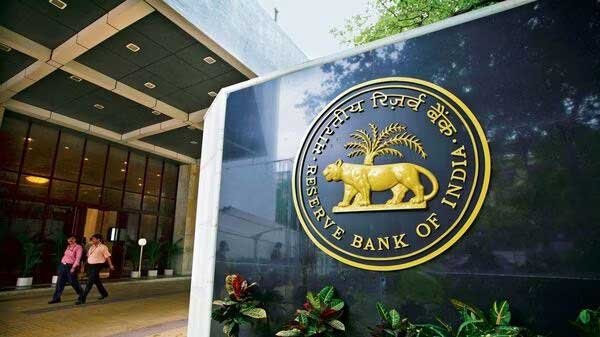The unsustainable financial repression of savers places pressure on banks to attract depositors in order to secure funds for lending. However, the situation could become more complex if the RBI initiates a reduction in policy rates.
When will central banks start lowering interest rates?
Speculation has surfaced about the timing of central banks globally decreasing interest rates. Meanwhile, commercial banks in India have been elevating deposit rates, despite the gradual transmission of the Reserve Bank of India’s (RBI) 2.5 percentage point policy rate hike since May 2022 to combat inflation. Depositors have only recently begun experiencing a more substantial real-term benefit from these adjustments.
Behind the actions of banks lies a liquidity crunch. Cash flow has been constricted, particularly following significant outflows attributable to quarterly advance tax payments. Additionally, a substantial shift among retail investors towards alternative financial assets has deprived banks of deposits. To meet the burgeoning credit demand, banks must attract more deposits. With inflation still at elevated levels, the RBI has deliberately maintained tight liquidity conditions, anticipating that tighter monetary policy will curb demand and mitigate inflationary pressures.
Consequently, the increases in deposit rates are in harmony with the central bank’s policy objective. Furthermore, while the financial constraints imposed on savers may be justifiable during crises such as the Covid-19 pandemic, normalcy in the banking sector necessitates payout rates that are convincingly positive when adjusted for inflation. However, potential complications could arise if the RBI commences rate cuts, which may occur within this year.











